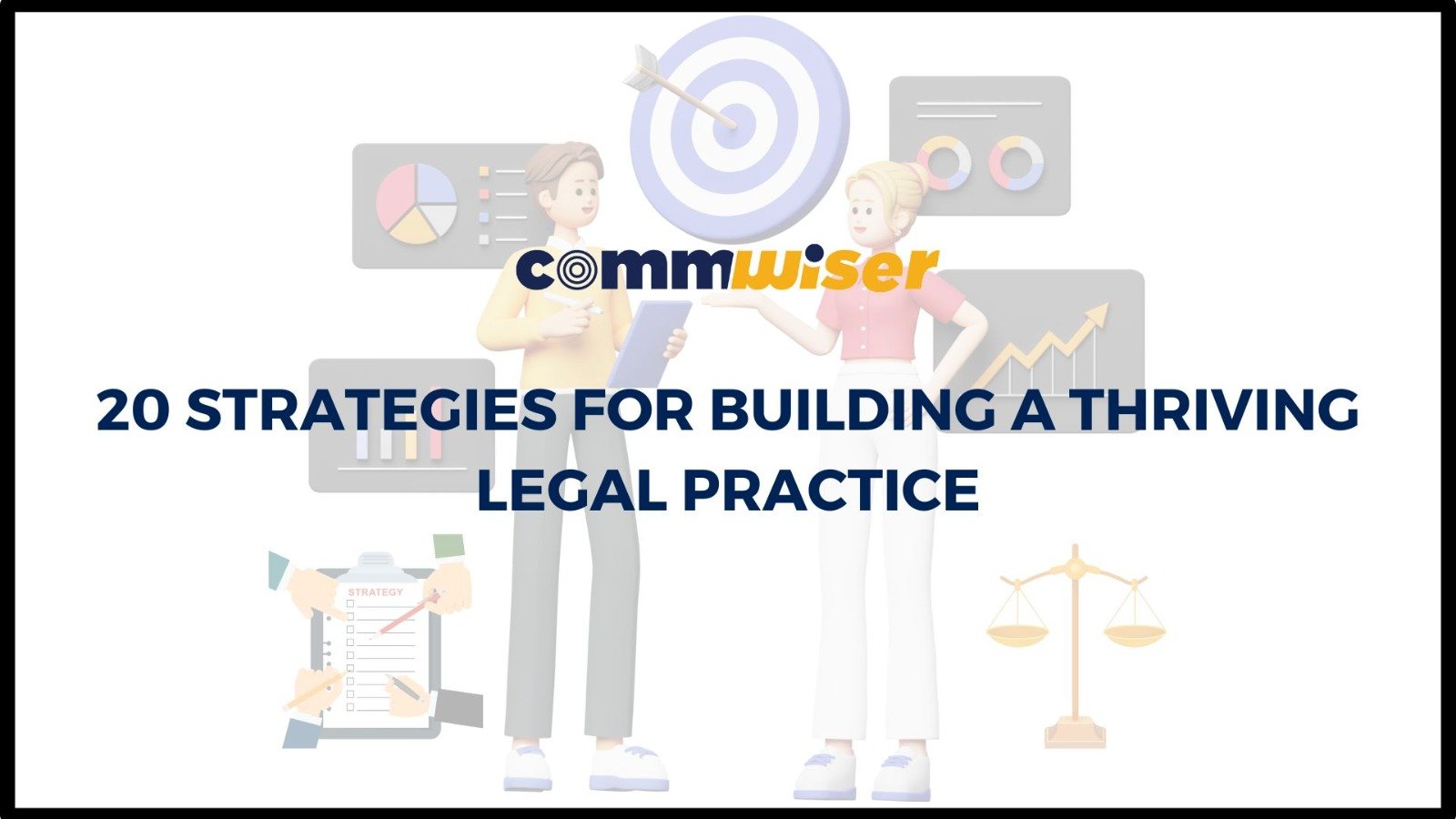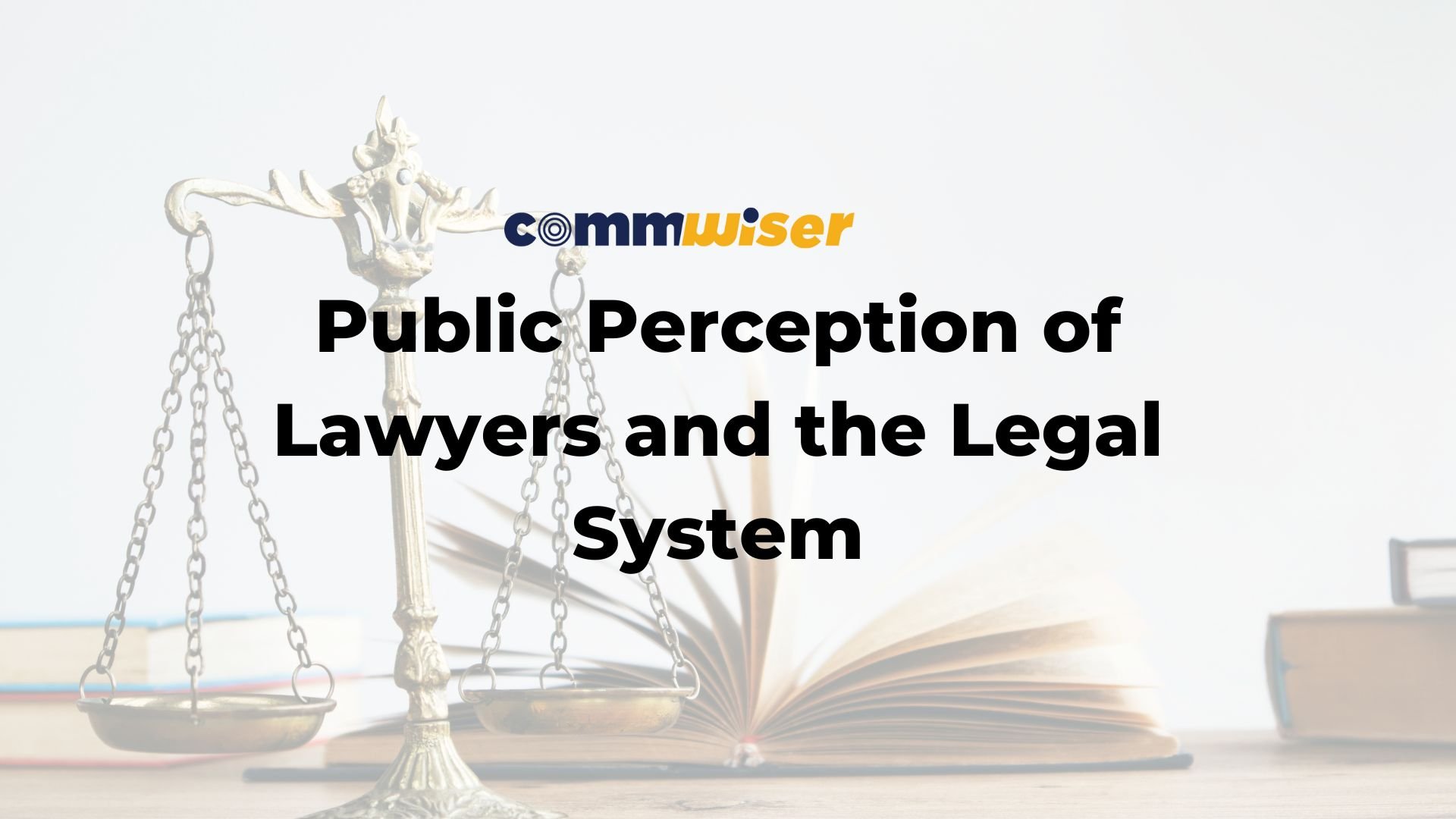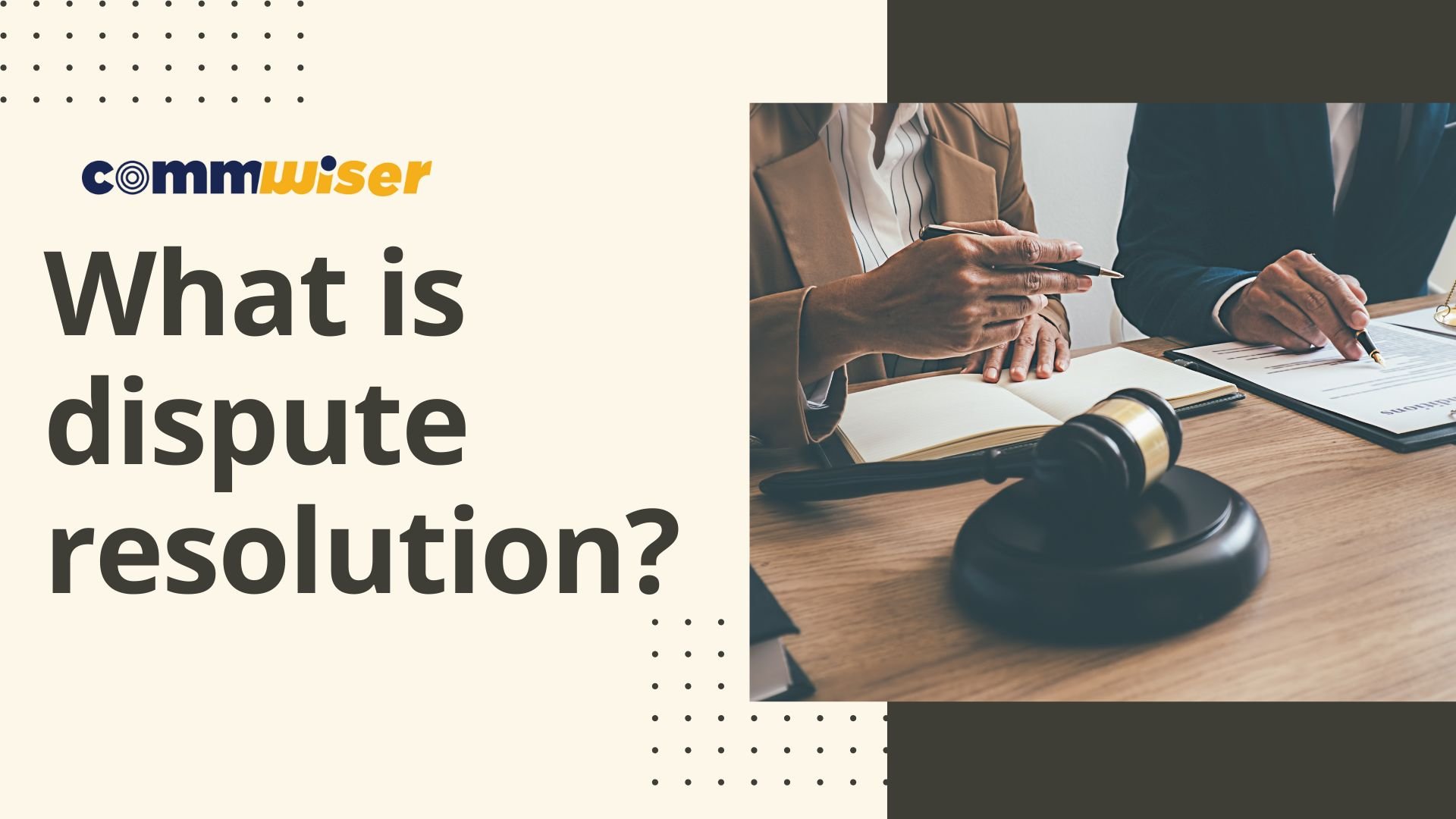10 TIPS TO OPTIMIZE A LAW FIRM WEBSITE
: Bhavya Bhatt
: 19-10-2023
In this digital age, a law firm’s website is essential for attracting and converting potential clients. Since the website is frequently the first point of contact for people seeking legal advice, it is important to establish an optimistic and trustworthy online presence.
This article will help you and your law firm attract and convert leads via your law firm’s website. And no, SEO is not the only tip to optimize a law firm’s website. There are many more things that law firms can do on the website front.
A few of them (the basic ones) are listed here-
1. UNDERSTAND YOUR TARGET AUDIENCE
You must know your target audience before you start adding elements and content to your website. Understanding the target audience helps gain profound insights into the characteristics, needs and, preferences, trigger points of the entities and individuals you aim to serve. To find out who your target audience is, start by identifying a legal service for an individual, followed by the demographics and location. Legal knowledge varies among individuals; remember your audience’s educational level and familiarity with legal language. Please note that this parameter is a bedrock for your website’s success and client base growth.
2. HAVE CLEAR CTAS
The primary goal of your website is to convert casual visitors into valued clients. You must include clear and appealing Call to Action (“CTA”) buttons throughout your website to achieve this goal. These CTAs act as prompts and encourage visitors to take specific actions, such as contacting your firm for a consultation.
They must be placed on key sections of your website, such as the homepage, service pages, blog articles, and contact pages. The language used in these CTAs should be brief and action-oriented. This would allow the visitors to understand the next steps to take.
Let’s say you run an Intellectual Property Rights law firm. Instead of a vague “Learn More” button, use a clear CTA such as “Know your IP Strategy” prominently displayed on your homepage. This direct and action-oriented language encourages visitors to contact your firm for legal assistance.
3. CUT BACK ON STOCK PHOTOS AND VIDEO
While visuals are important, relying too heavily on stock photos can give your website an impersonal and less credible appearance. Prioritize original photos and videos highlighting your
team and conveying your firm’s identity to establish authenticity. Use stock photos sparingly, especially on pages like “About Us” and the homepage, where you want to highlight your firm’s unique personality.
Consider you are running a Dispute Resolution Chamber. Use actual photos of your team in action during a courtroom trial or arbitration instead of stock images of lawyers in generic courtroom settings. This personal touch increases credibility and humanizes your firm’s image, making it more relatable to potential clients.
4. DECLUTTER YOUR HOMEPAGE
Your homepage acts as the first impression of your law firm, so it is essential to provide a succinct and organized introduction. Avoid overwhelming visitors with too much information; focus on a gripping headline that directly addresses their concerns. For instance, utilize high-quality images sparingly to enhance the overall visual appeal while maintaining a clean and well-structured layout. Add two to three key messages that best describe you.
5. SPEED UP SLOW PAGES
The speed with which a page loads is crucial for retaining visitor interest and enhancing search engine rankings. Ensure your page loads in one to two seconds to avoid users jumping. Excessive video and other media elements might have an impact on loading speeds. Improve the performance of your website to provide a more fluid surfing experience.
6. USE CLIENT-FIRST COPY TO CONNECT WITH PEOPLE
Shape your website’s content from the perspective of a potential client’s perspective. Ensure that your content directly speaks to such clients’ needs, concerns, and inquiries. There is a requirement to adapt your messaging to match the various stages of the client’s path, spanning from initial awareness to the evaluation phase and concluding with their decision-making process. You must opt for a tone that deeply connects with your intended audience and bolsters your firm’s trustworthiness.
Let’s suppose you run a real estate law firm. In your website’s copy:
– You might address the awareness stage by discussing common property legal issues that property buyers might encounter
– In the evaluation phase, you can provide detailed insights into your services, guiding clients in understanding their options.
– Lastly, for the decision-making phase, you could employ a reassuring and authoritative tone to instil confidence in clients seeking your legal expertise.
7. INVEST IN YOUR SEO
Effective Search Engine Optimization (SEO) ensures your firm website ranks well in search engine results, attracting organic traffic and potential clients. Conduct extensive keyword research to identify specific legal terms and phrases potential clients are searching for. Incorporate these keywords into the content on your website. Optimize your website for local keywords to enhance local search visibility. Establish high-quality backlinks from reputable and relevant websites, as these act as endorsements for the firm website’s credibility and authority, thereby influencing search engine rankings.
8. FOCUS ON ACCESSIBILITY FEATURES
Website accessibility is about designing your website to be user-friendly for a diverse audience. To achieve accessibility standards, it is necessary to include components such as alternate text for images and maintain strong colour contrast for text. By making your website and law practice more accessible, you widen your reach, improve the entire user experience, and nurture a great reputation.
9. MAKE IT EASY TO REACH YOU.
Facilitating seamless communication with your law firm is paramount on your website. Employ user-friendly tools such as live chat, accessible contact forms, and prominently showcased contact details. These elements create a variety of pathways for potential clients to get in touch effortlessly, removing any hindrances to reaching out.
10. DESIGN CONVENIENT TOOLS
Explore the incorporation of useful online tools that enable prospective clients to address their legal questions adequately. Such tools as case estimating calculators and exhaustive legal checklists can assist site visitors in evaluating their individual needs and guiding them toward informed conclusions. By providing these tools, you empower your website’s visitors, hence increasing their engagement and conversion rates.
Suppose you run a tax law practice. Displaying a Goods and Services Tax (“GST”) compliance checker tool on your website could assist businesses in assessing their GST compliance and identifying any concerns, which they could then consult your law firm about.
CONCLUSION
It is critical to optimize your law firm’s website to attract and convert prospective clients efficiently. By applying these ten tips, you can develop a website highlighting your firm’s expertise and providing potential clients with a seamless and trustworthy browsing experience. Considering that India’s digital landscape and highly competitive legal industry are in a perpetual state of change, these tips would be essential for your website’s long-term success.
Commwiser launched The Law Firm Digital Footprint Report 2023 in July this year, and this article is an extension of what we’ve highlighted in our report. Download our report to see which law firms have a successful digital footprint and how. Download here

































